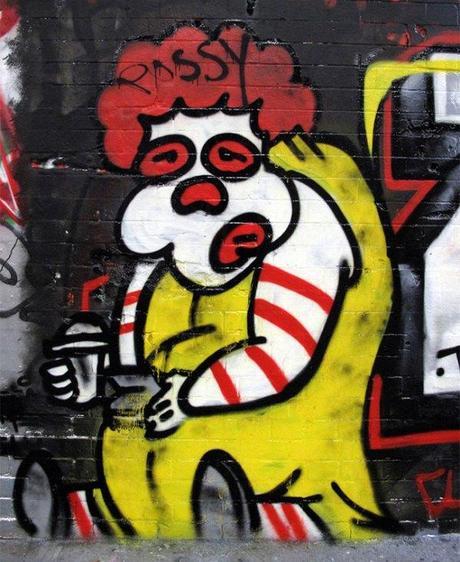“If you are a designer, ask yourself: am I colluding with a food or drinks manufacturer in minimising the bad points of a product through a designed subterfuge to make the product look enticing to children? If the answer is yes, you have some serious thinking to do. A design ‘strategy’ is often little more than a plan of action to hoodwink customers into thinking that a product is good and safe for them and their children when it is not.

“Or you might be colluding on promotional material to divert attention from the many levels (with still more coming out of the woodwork) of criminal activities of the banking fraternity. There have been a plethora of insultingly patronising promotions in recent months attempting to paint a ‘caring’ banking picture when we all know that they don’t give a shit and all that matters are their profit margins and the ever-increasing ‘compensation’ for the very people who plotted and planned the criminal strategy in the first place but never ended up in prison.”
Words from a man with a lifetime of experience at the top of the design profession.
I’m not an expert on the distinction between ethics and morals so correct me if I’m wrong. The first example above might be a moral decision rather than an ethical one if the food or drinks manufacturer in question is operating lawfully. But then, with organisations such as Monsanto spending millions of dollars each year to influence Congress, is the value of “law” determined by the money politicians accept to change it? The banking example seems to be more clear cut. If clients are committing a crime, it’s unethical to take their money.
Either way, as designers it’s up to us to continually question the goals of our work.
Definitely read Mike Dempsey’s full post on his blog Graphic Journey.
